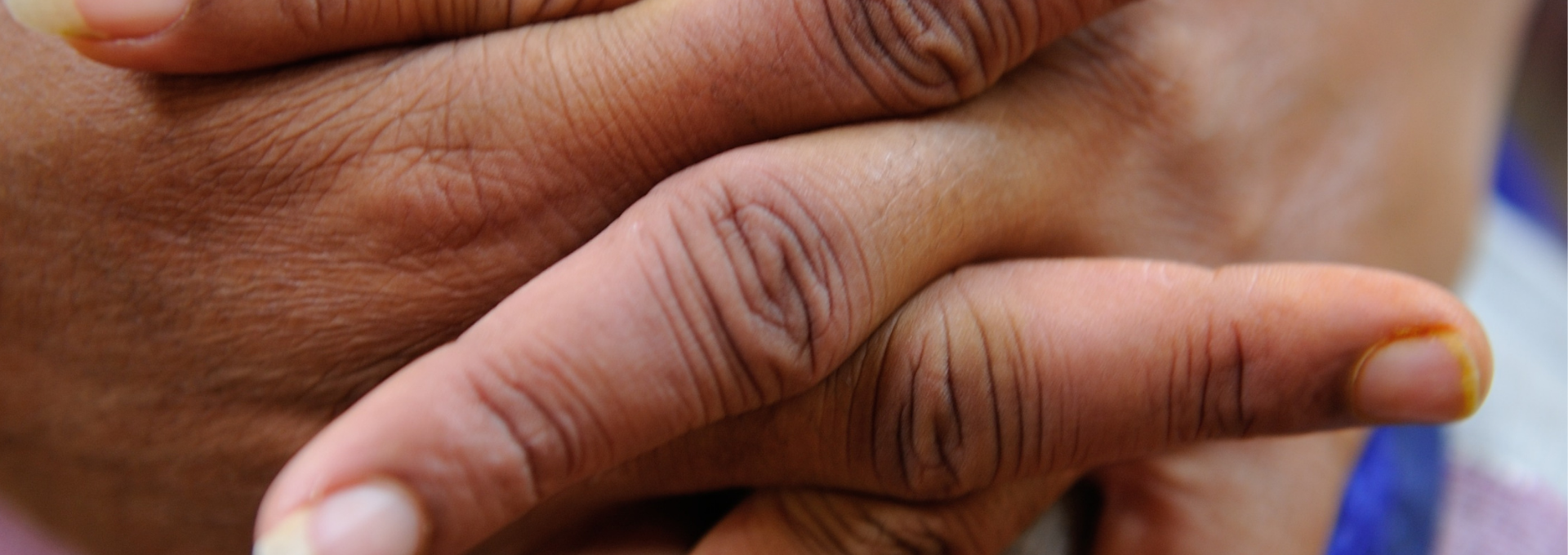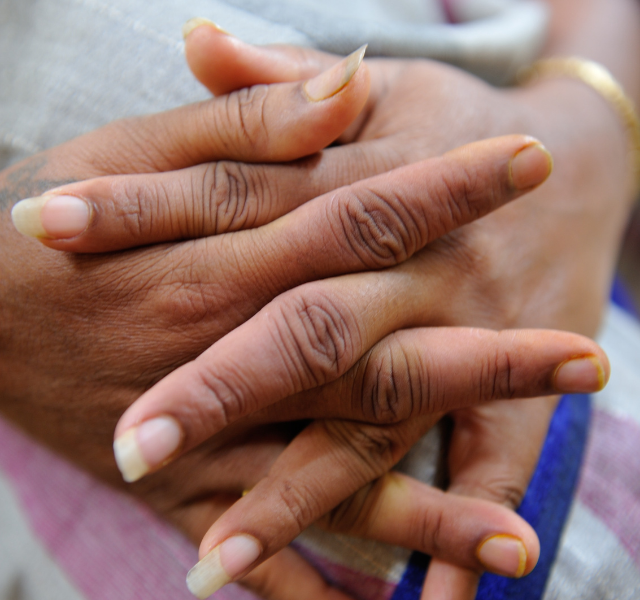

Authors: Shiva S. Halli, Shajy Isac, Parinita Bhattacharjee, Sumit Dutta, B. M. Ramesh, Robert Lorway, James Blanchard
ABSTRACT
Background
It is argued that Indian gender minorities displayed differential mental health problems and suicide attempts. Hence, the study was intended to understand the prevalence of anxiety, depression and suicidality among this group, specifically those living in a metropolitan city in South India.
Methods
The data was generated from a cross-sectional study that employed a structured questionnaire to collect information about experiences of anxiety, depression and suicidal behavior among gender-diverse individuals in Bangalore, the capital city of Karnataka state. The study used stratified simple random sampling of eligible individuals who were 18 years of age and older and who were enrolled in an HIV prevention program implemented for gender-diverse individuals run by the Karnataka Health Promotion Trust and the University of Manitoba at the time of the study (2012). Bivariate and multivariate analyses were used to assess the relative contribution of various factors that affect suicide ideation or actual attempts among the gender diverse participants.
Results
Results showed that 62% whose main source of income was Basti (socially sanctioned practice of begging), 52% of Hijras, 56% who lived with their Gurus, 58% who were not happy with their physical appearance, 55% who consumed alcohol daily, and 63% who experienced high depression had ever thought of or attempted suicide in the month prior to the survey. However, multivariate analysis showed that respondents who were not happy with their physical appearance and thought of changing it had significantly higher odds (AOR = 2.861; CI 1.468,5.576; p = 0.002) of either having thoughts that it was better being dead or wished they died. Similarly, those who experienced high depression, their odds of either having had thoughts of or having attempted suicide increased by three times (AOR = 3.997; CI 1.976, 8.071; p < 0.000).
Conclusions
It is observed that a high percentage of gender minorities had attempted suicide or thought of suicide during the month preceding the data collection. The findings bring new insights on the proximate determinant of physical appearance on the suicidality of gender minorities assigned male at birth and appropriate to account for this while addressing the mental health issues.
Citation: Halli, S.S., Isac, S., Bhattacharjee, P. et al. Suicidality among gender minorities in Karnataka, South India. BMC Psychiatry 21, 25 (2021). https://doi.org/10.1186/s12888-021-03043-2